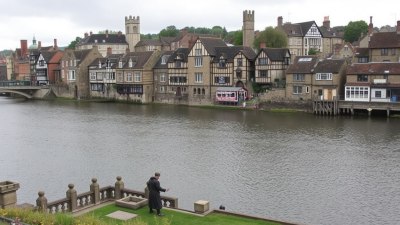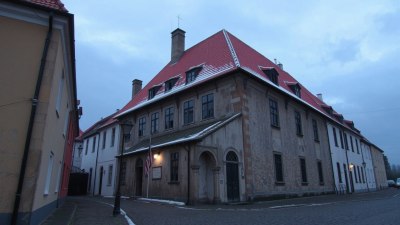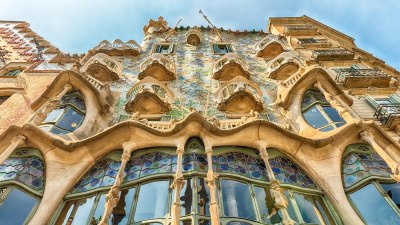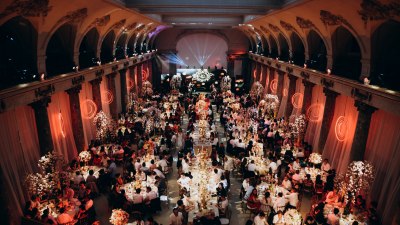York’s Viking History: Exploring Ancient England
Discover York's rich Viking heritage and its impact on ancient England.

Image created with Flux Schnell
York, a city steeped in history, is best known for its remarkable Viking heritage. From the moment you set foot in this ancient city, you can feel the echoes of the past resonating through its medieval streets. The story of York during the Viking Age is one that intertwines with the broader tapestry of England's history, showcasing the city's significance as a center of trade, culture, and conflict.
During the late 8th century, Viking raids on England began to intensify, leading to the establishment of Norse settlements across the British Isles. These seafaring warriors hailed from Scandinavia, specifically Denmark, Norway, and Sweden, and were drawn to the rich lands of England, eager to explore, conquer, and settle. York became a prime target due to its strategic location and its flourishing economy.
The Birth of Jorvik
In 866 AD, the Vikings inaugurated the city of Jorvik after successfully seizing control from the Anglo-Saxons. This marked a crucial point in history as the city transformed into one of the most important Viking settlements in the British Isles. Jorvik was not just a military stronghold; it quickly evolved into a major trading hub central to Viking commerce.
The settlement was ideally located along the River Ouse, facilitating trade routes with other parts of England and beyond. The name 'Jorvik' signifies the Vikings' influence on the city, which means ‘the Viking settlement on the river.’ Today, remnants of this fascinating past can be explored through various archaeological sites and museums that celebrate this vibrant history.
Archaeological Discoveries
The 1970s brought remarkable discoveries alongside Coppergate, where archaeologists unearthed Viking artifacts that would redefine our understanding of York's history. The Coppergate excavation revealed a multitude of items, including everyday tools, jewelry, and weapons, providing invaluable insight into the lives of the Vikings who inhabited Jorvik.
Among the most significant finds was an extensive collection of textiles, which revealed the remarkable craftsmanship of the Viking people. These discoveries facilitated a vivid reconstruction of Viking life, granting a glimpse into their social structures, economic practices, and cultural norms.
Viking Life in York
Life in Viking York was multifaceted, blending Nordic traditions with local Anglo-Saxon culture. The Vikings were skilled artisans, and the city offered them the resources needed to develop their crafts. Workshops flourished, producing metalwork, woodwork, and textiles, all of which were bartered in the bustling marketplace of Jorvik.
Notably, the Viking inhabitants were known for their shipbuilding techniques, which played a pivotal role in their exploration and combat strategies. Their longships were agile and fast, equipped for both raiding and trading, allowing them to traverse rivers and seas alike. The remnants of these ships, discovered in various archaeological sites, showcase the Vikings' superior maritime skills.
The Influence of Norse Mythology
Norse mythology was deeply ingrained in Viking culture, influencing both their communal practices and individual beliefs. The pantheon of gods and goddesses, including Odin, Thor, and Freyja, governed their understanding of the world and the universe. Temples, altars, and artistic depictions reveal the significance of these deities in daily life and Viking rituals.
Through the lens of mythology, the Vikings understood their existence and the forces that governed life and death. The stories of creation, heroism, and the afterlife provided a sense of identity for the Norse people and left a lasting imprint on the regions they settled, including York.
The Legacy of Viking Rule
The Viking rule over York endured until the late 10th century, when the city fell back under the control of Anglo-Saxon kings. Despite the political shift, the Norse influence left an indelible mark on York’s culture, language, and governance. Many aspects of modern English can trace their roots back to Old Norse, thanks to the intermingling of cultures during this era.
The Vikings introduced a plethora of new words and terms into the English language, many of which are still in use today. This period of cultural exchange not only enriched the language but also the culinary practices, traditions, and social norms that define England's identity.
Modern-Day York and Viking Heritage
Today, York proudly celebrates its Viking heritage through various events, museums, and exhibitions. At the Jorvik Viking Centre, visitors can step back in time and experience life as it was in Viking York. The centre features life-size reconstructions, interactive displays, and engaging narratives that bring history to life.
The annual Jorvik Viking Festival, held every February, attracts thousands of visitors interested in celebrating Viking culture. The festival showcases reenactments, workshops, and lectures, allowing participants to immerse themselves in Norse traditions, combat demonstrations, and Viking crafts.
York's Viking history remains a testament to the city's dynamic past and the enduring legacy of the Vikings in England. The fusion of Norse and Anglo-Saxon cultures produced a rich and diverse historical narrative that continues to captivate historians, archaeologists, and tourists alike. For those willing to explore this ancient city, York offers a window into a thrilling past that shaped the course of England’s development. As we delve into this historical tapestry, we recognize that the Viking influence is an integral chapter of York's story, one that resonates through time and evokes a sense of wonder for generations to come.











